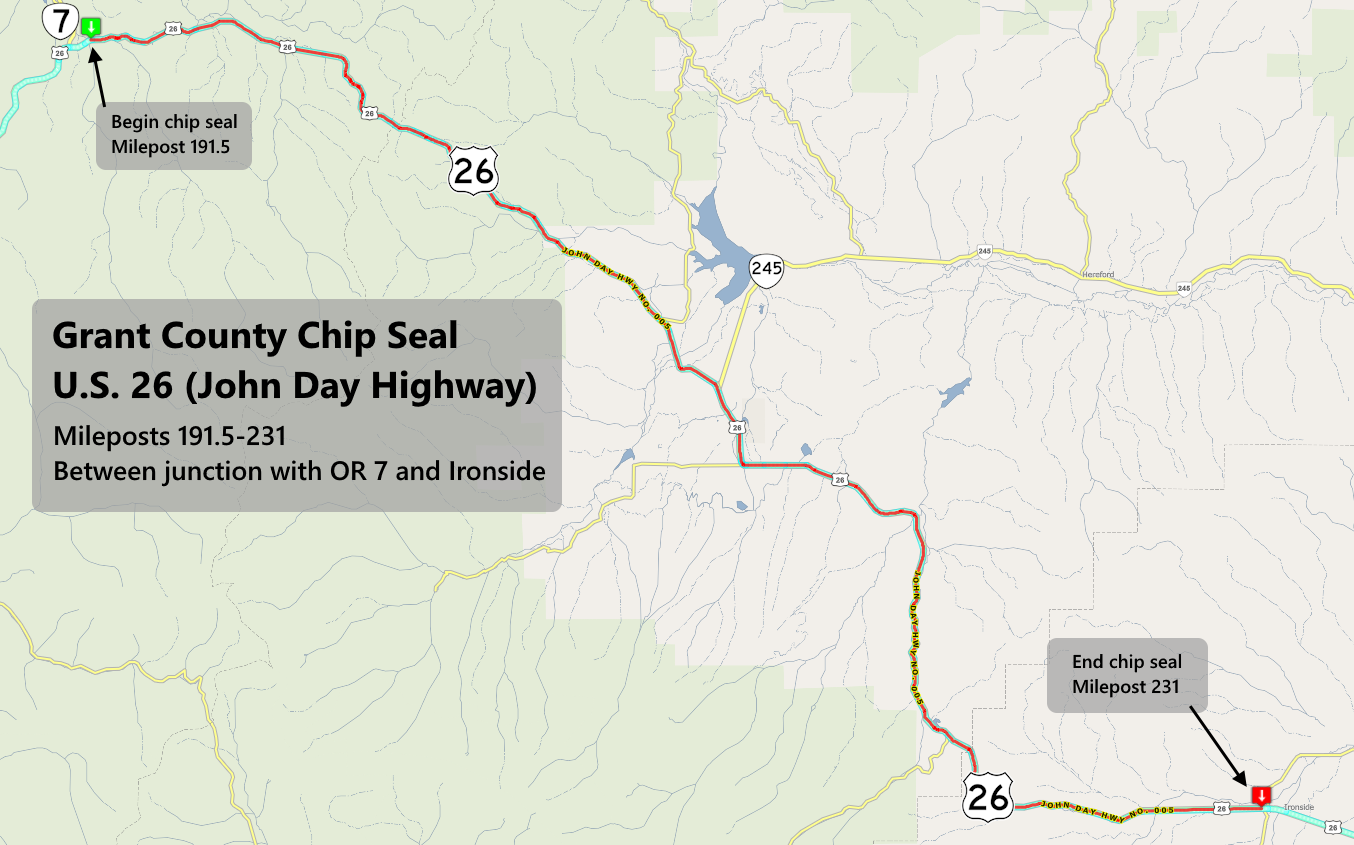Ag: Bracing for the future
Published 4:00 pm Tuesday, January 22, 2008
JOHN DAY – Speakers last week offered some advice to local farm and ranch owners: Be aware of the past, be alert to current trends and carefully plan for the future.
“Agriculture in Grant County is going through a lot of change,” Jack Southworth told the annual meeting of the Grant County Farm Bureau, which gathered Jan. 19 at The Outpost restaurant.
Southworth, president of the local chapter, cited rising fuel and feed costs, more absentee ownership of farmland, the threat to ranchers from grazing lawsuits, and the increasing cost of land as some of the variables affecting the farm and ranch industry.
Operators need to be cognizant of these changes, he said, “or we will not have agriculture in Grant County in the future.”
John Nalivka, an agriculture economist and co-owner of Vale-based Sterling Marketing Inc., urged livestock growers to “retain ownership” beyond their fences, all the way through the feedlot.
He said producers need to know what happens to their product “every step of the way through the process” because of the effect on value and quality.
He said consumers expect quality, consistency, wholesomeness and affordability. Producers need to know their own operation’s costs in order to meet those expectations and survive.
Nalivka said it is essential for ranchers to produce the right cattle for the right market, and to fit the breed and volume of production to the specific ranch.
Growers need to be aware of changing factors affecting the cattle markets, he said. Costs of production – expenses for feed, fuel, and regulation – are critical.
Nalivka said burgeoning government regulation has added more to the costs of the industry than any other factor.
“They’re chipping away at the industry, and it’s got to be addressed,” he said.
Among other effects, he said, ranchers have lost grazing rights.
“Regulations have taken grazing capacity away permanently – never to be seen again,” he said.
Consumers also have an increasing say in the type of cattle growers raise, and how they do it.
“You now have PETA and a bunch of major environmental groups telling you how to run your ranch,” he said, referring to People for the Ethical Treatment of Animals, a national animal-protection organization.
Nationally, livestock growers who use corn to finish their stock face competition and rising costs for feed as alternative energy draws more political support. Nalivka said ethanol production in 2007 consumed some 3 billion bushels of corn. In 2008, he said, that figure could surpass 5 billion bushels.
As the demand grows and government requirements for ethanol kick in, the price is expected to rise. Corn prices peaked at $5 a bushel last spring, but Nalivka expects to see it hit $6 or $7 a bushel next May.
That leaves ranchers facing a problem that results largely from “politicians jumping on the bandwagon for alternative fuels and not even thinking about the impact.”
Nalivka said that all the challenges combined will mean lower prices for cattle and losses for growers. He predicted that losses will be $55 a head in the feedlots.
Ranchers should make adjustments now to weather such losses and “to manage against $4 gasoline and $5 corn.”
“You’ve got to know what your costs are, on your ranch. What’s it cost not just to run your cows, but what’s it cost to produce a pound of beef?” he asked.
Farm Bureau members also heard from Shawn Robertson of the John Day Resource Center, a local consultant on agriculture and natural resource issues, about the trends in agriculture over the past 100-plus years in Grant County.
He said it’s important to look at agriculture’s past to be prepared for the future.
He examined some theories about the changes in agriculture – some plausible and some troubling. The latter included a suggesting by a prominent environmentalist that agriculture in the United States has been on the decline since the Industrial Revolution, indicating that “environmentalists aren’t the culprit.”
However, Robertson challenged the doomsday scenarios, noting that his preliminary research shows agriculture continuing to grow, albeit with changes.
Also troubling were the statistics on the advancing age of ranchers and farmers, leaving questions about who will take their place in the future.
Other speakers included Mike Martin, weed control expert for the Grant County Soil and Water Conservation District. He gave Bureau members a weed identification test and ticked off his list of the biggest problem weeds on Grant County lands – from Canada thistle to dalmation toadflax to goathead weed.
He said landowners should watch for a new publication coming from the Oregon Department of Agriculture that will help with weed identification. The SWCD will have copies when the publication is released later this year.






